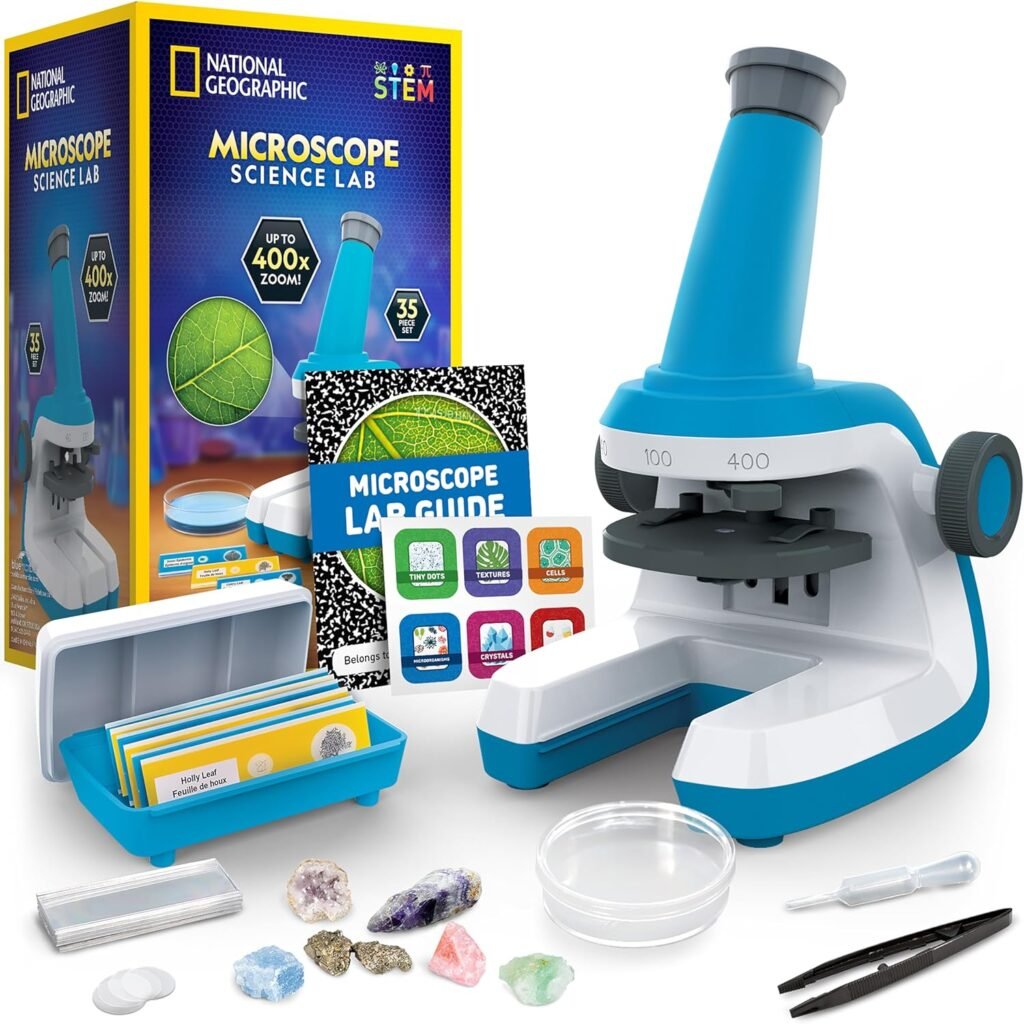Watching your child struggle with speech can be heartbreaking. You want to help them learn to read, but you’re not sure if introducing letter sounds will make things harder or easier. Trust me, I’ve been there – wondering if I’m pushing too hard or not doing enough.
The truth is, children with speech delays can absolutely learn phonics, but they need a different approach. You don’t have to choose between supporting their speech or their reading development. With some simple adjustments, you can do both.
Why Speech Delays Make Phonics Tricky
When children have trouble speaking, it naturally affects how they learn about sounds and letters. Think about it – if your child can’t say the /r/ sound clearly, they might have trouble recognizing it in words like “red” or “car.”
Some kids also struggle to hear the difference between similar sounds. They might not catch the distinction between /p/ and /b/, which makes learning those letter sounds confusing. And if they have a limited vocabulary, there are fewer opportunities to make connections between sounds and their meanings.
But here’s what I want you to remember: this doesn’t mean your child can’t learn. It just means we need to be smarter about how we teach them.

Teaching Letter Sounds: A Gentler Approach
Forget everything you think you know about teaching the alphabet in order. Your child doesn’t need to master A through Z – they need to start with what works for them.
Start with the easy wins. Focus on sounds your child can already make well. Most toddlers handle /m/, /b/, /p/, /h/, and /w/ pretty easily. Skip the tricky ones like /l/, /r/, and /s/ for now. When your child experiences success with “mom,” “ball,” and “pop,” their confidence grows.
Make it visual and hands-on. Since listening might be challenging, give their other senses something to do. Try having them trace letters in sand while saying the sound, or use simple hand gestures – like rubbing their tummy when making the “mmm” sound. Let them watch themselves in a mirror as they practice. These extra cues make learning stick better.
Work with whole words they love. Instead of breaking everything down into isolated sounds, start with words they already know and care about. If they’re obsessed with trucks, emphasize that “truck starts with /t/!” Use their favorite foods, toys, or family names. Learning is always easier when it matters to them.
Keep It Fun and Pressure-Free
This might be the most important part: don’t correct every mistake. If your child says “tat” instead of “cat,” simply model the correct sound back to them: “Yes, /k/-cat!” No need to make them repeat it perfectly. Correction often leads to frustration, and frustrated kids shut down.
Follow their interests completely. If they’re fascinated by cars this week, focus on vehicle sounds and words. If they’re into animals next week, switch gears. Teaching letter sounds works best when children are engaged and excited.

When to Hit Pause
Sometimes the kindest thing you can do is step back from phonics altogether. If your child has fewer than 50 words, isn’t combining words yet, or gets genuinely upset during sound activities, it might be time to focus purely on building their spoken language first.
There’s no shame in waiting. Every child develops differently, and pushing too hard too early can actually slow progress down.
Simple Activities That Actually Work
Here are some activities that work well for children with speech delays:
Bubble play is perfect for practicing /p/, /b/, and /m/ sounds. “Let’s /p/-/p/-pop these bubbles!” is way more fun than drilling letter sounds at a table.
Animal sounds are often easier than letter names. Most kids can manage “moo,” “woof,” and “meow” before they tackle formal phonics.
Rhythm activities help build sound awareness. Clap out syllables in familiar words – “ba-na-na” gets three claps. This builds the foundation for breaking words into sounds later.
Picture matching with words they can already say works beautifully. Match pictures of “ball,” “dog,” and “car” with their starting letters, focusing only on sounds they can produce.
Silly songs where you replace words with target sounds keep things playful. “Old MacDonald had a /f/-/f/-farm” might sound ridiculous, but kids love it.
When to Get Help

If your child consistently struggles despite your patient efforts, gets extremely frustrated with any sound play, or seems to have trouble hearing or imitating sounds at all, it’s time to call in reinforcements. A speech-language pathologist can assess what’s happening and create a plan that works specifically for your child.
Many children benefit from having both speech therapy and phonics instruction happening at the same time, with professionals coordinating their approaches.
The Real Talk
Teaching letter sounds to a child with speech delays isn’t about following a prescribed timeline or method. It’s about meeting your child where they are, celebrating small victories, and remembering that progress isn’t always linear.
Some days will be harder than others. Some sounds will click immediately while others take months. That’s completely normal. Your patience, creativity, and willingness to adapt your approach matter more than any curriculum or technique.
Your child will learn to read. They might take a different path to get there, but they’ll make it. Focus on keeping the journey joyful, and both their speech and literacy skills will grow together.


Ms. Kerri’s Corner provides a exciting virtual space for preschool learning. Through a variety of engaging activities, she exposes young minds to early math, literacy, science and social-emotional skills in a developmentally appropriate way. Centers for blocks, art, books and music allow children to explore hands-on learning at their own pace. Guided lessons subtly introduce number sense, letter sounds and narrative thinking. Careful observation gives insight into each child’s progress across domains. Viewers are also invited to participate, reinforcing that their ideas are valued. By making learning fun yet purposeful, Ms. Kerri lays the groundwork for future academic success while fostering creativity and imagination. Her program offers preschoolers valuable screen-based learning experiences.




